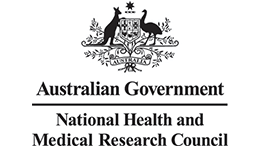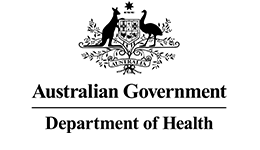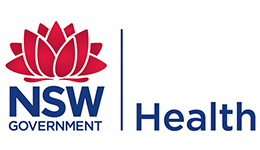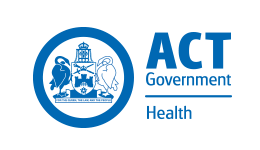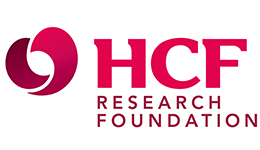Enriching community capacity for better health

Status completed
Start Date
End Date
Community health interventions aim to create change in social systems that ultimately support better health.
This process is vitally dependent on the communities having the capacity to adapt and change.
How this capacity is identified, generated and harnessed in the intervention process is poorly understood.
Introduction
This project sought to develop more effective population health interventions by understanding how to harness communities’ existing capacity for change and how to generate new capacity to adapt to ongoing challenges.
Featured project resources
-
Understanding resources from the community’s perspective
Resource category:Findings Brief
Date
About
Methods for evaluating transformative systems change
Project titleWhat is the issue?
Community health interventions, a mainstay of public health, aim to create change in social systems that ultimately support better health. This process is vitally dependent on the communities having the capacity to adapt and change. How this capacity is identified, generated and harnessed in the intervention process is poorly understood.
This project sought to develop more effective population health interventions by understanding how to harness communities’ existing capacity for change and how to generate new capacity to adapt to ongoing challenges.
Harnessing existing capacity involves identifying resources that allow communities to adapt and make changes in their daily patterns. These resources include value systems and narratives, and social structures, such as social networks.
Generating new capacity involves reshaping social roles and networks to redistribute and transform existing resources. It also involves supplying new resources that can be combined with existing resources to enrich a community’s resource base, providing a greater ability to adapt to ongoing challenges.
Ultimately, a greater understanding of these processes provides a basis for developing more sophisticated economic tools that can more accurately assess the costs and benefits of the intervention process.
How did the project address the issue?
The project took a systems approach to understand how capacity for change is generated and harnessed in population health interventions. Initial work defined resources and developed a model of resource use in interventions. The model was then tested through engaging with policy and practice partners. The project’s main aims were to:
- Provide a definition of resources relevant to population-level health interventions
- Examine resource use in existing health interventions
- Develop working models of resource use
- Develop models of resource distribution and transformation to assist with program planning and evaluation.
What were the outcomes?
- A literature review identifying important resource conceptualisations and resource classifications from a range of disciplines
- A theoretical paper examining resource-related processes in a range of prevention interventions, including those operating at the individual, community and inter-organisational levels
- A pilot empirical study that seeks to test the conceptualisation of resources using data from an existing community intervention
- A research plan co-developed with one or more preventive health agencies. This research will seek to validate the new resource model in community settings through using a systems approach to promote population health and/or reduce inequalities in health
- Developing tools that allow for more sensitive economic evaluations.
Relevance for practice
Understanding how capacity for change is identified, harnessed and generated in population health interventions will lead to more effective planning and implementation, increasing the likelihood that interventions will be successful. This knowledge will also provide the basis for conducting more sensitive economic evaluations.
Resources
-
Understanding resources from the community’s perspective
Resource category:Findings Brief
Date
People
Lead investigators
Project team
-
Professor Emeritus Penny Hawe
The University of Sydney -
Professor Emeritus Alan Shiell
La Trobe University -
Mark Mallman Mark Mallman has finished working with the Prevention Centre.
La Trobe University




